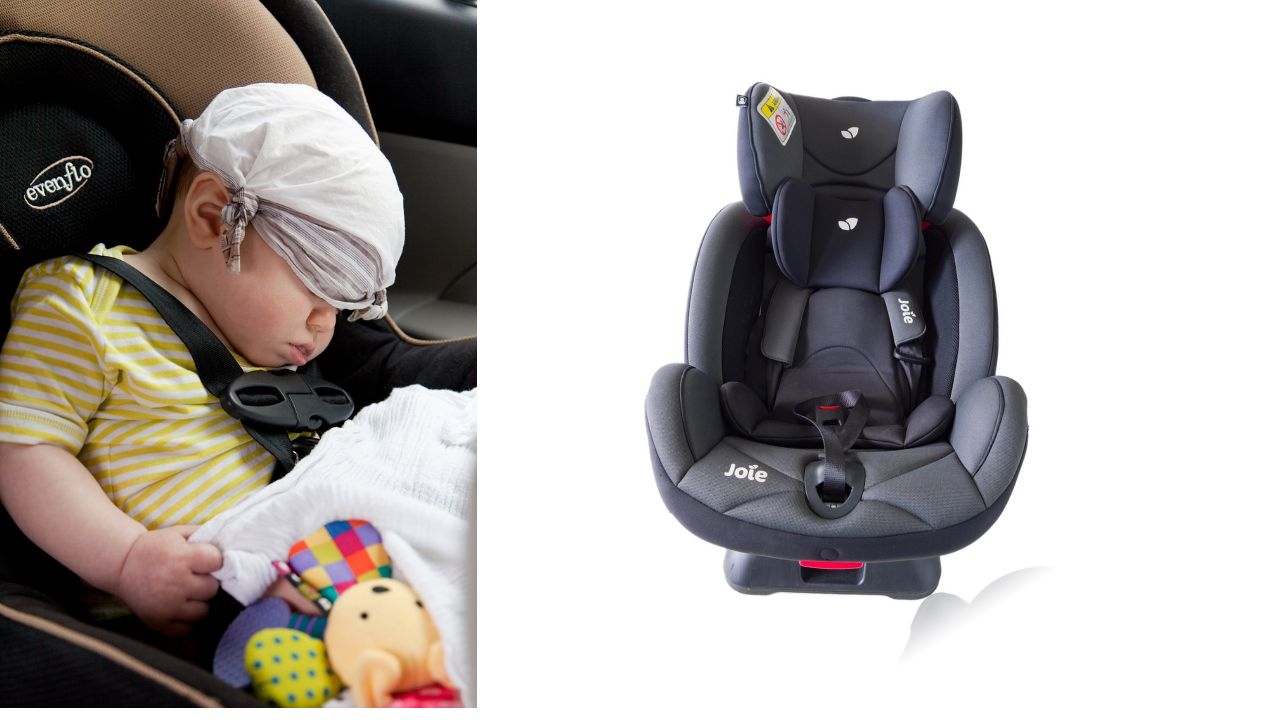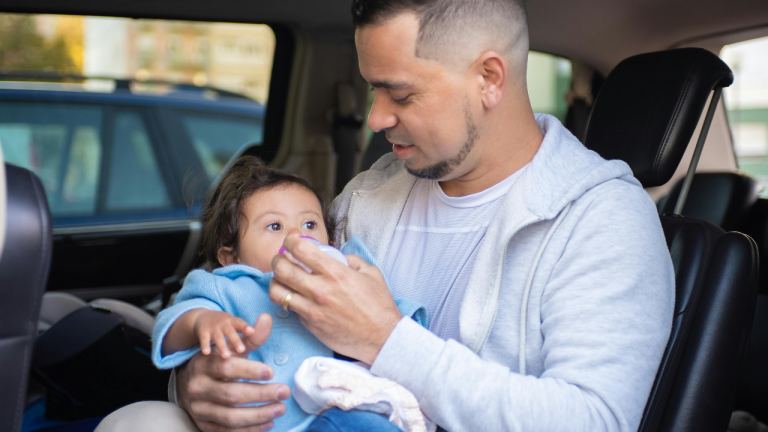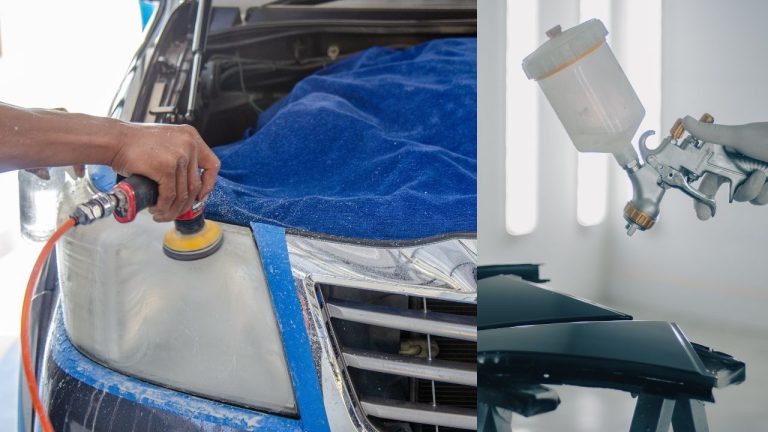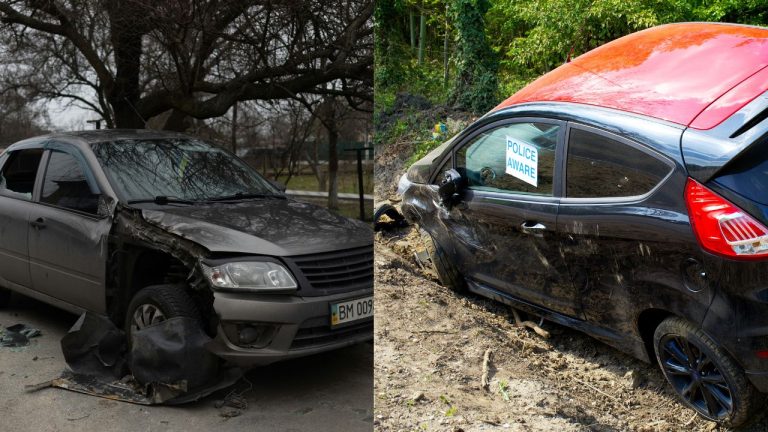To install the Safety 1st car seat front-facing, refer to the manufacturer’s instructions and follow the step-by-step guide. Installing a car seat in the front-facing position is essential for the safety of your child during car rides.
However, it can be a bit challenging if you don’t know the correct procedure. This article will provide you with a concise and accurate guide on how to install the Safety 1st car seat in a front-facing position. Following these instructions diligently will ensure your child’s safety and give you peace of mind while traveling.
So let’s dive into the details and learn how to install the Safety 1st car seat front-facing in your vehicle.
Preparing For Installation
To install the Safety 1st car seat front-facing, you need to start by preparing for the installation. This includes gathering the necessary tools and materials. It is essential to read the car seat manual thoroughly to understand all the instructions and safety guidelines. The manual will provide you with detailed information on how to correctly install the car seat. Pay close attention to any specific requirements or recommendations mentioned in the manual. By reading the manual, you will ensure that you have all the necessary information before proceeding with the installation. This step is crucial as it will help you install the car seat correctly and securely, ensuring the safety of your child during car rides.
Pre-installation Safety Checks
In order to install the Safety 1st Car Seat Front-Facing, it is important to conduct a few pre-installation safety checks.
Firstly, ensure that the car is parked on a level surface to ensure stability during installation. It is also crucial to verify that the car seat is suitable for a front-facing installation. Check the weight and height limits specified by the manufacturer for front-facing installation to ensure the safety and comfort of your child.
Positioning The Car Seat
Choosing the appropriate seating position in the backseat for your Safety 1st front-facing Car Seat is crucial to ensure the safety of your child. It is recommended to place the car seat in the center of the backseat, as this provides the most protection in the event of a collision. If you have multiple children, it is important to consider their ages and sizes when determining the seating arrangement. Younger children should be positioned in the backseat, while older children can be placed in the front seat if necessary. When installing the car seat, make sure to follow the manufacturer’s instructions carefully and secure it tightly to ensure its stability. Always double-check that the car seat is facing forward and is at the appropriate angle for your child’s age and weight. By positioning the car seat correctly, you can help ensure your child’s safety on the road.
Securing The Car Seat
Installing a Safety 1st car seat front-facing is important for your child’s safety. One way to secure the car seat is by attaching it using the LATCH system. The LATCH (Lower Anchors and Tethers for Children) system is typically found in most vehicles manufactured after September 2002. This system allows you to attach the car seat directly to the vehicle’s lower anchors, which are located in the seat crease. Make sure to carefully follow the car seat manufacturer’s instructions on how to properly attach the LATCH connectors to the lower anchors.
If your vehicle doesn’t have the LATCH system or you prefer to install the car seat using the seat belt, you can do so. Start by positioning the car seat in the desired location and threading the seat belt through the appropriate belt path on the car seat. Buckle the seat belt and ensure it is securely fastened. Next, use your body weight to apply firm and even pressure to the car seat as you tighten the seat belt. Check for any excessive movement or slack in the seat belt once it is securely installed.
| Installation Method | Pros | Cons |
| LATCH system | – Easy to attach and remove – Provides a secure installation | – Limited weight capacity – Can be challenging to locate lower anchors |
| Seat belt installation | – Suitable for vehicles without LATCH – No weight restrictions | – Requires proper tightening – May not provide as secure installation as LATCH |
Adjusting The Harness And Straps
To install the Safety 1st front-facing Car Seat, start by adjusting the harness and straps for a proper fit. Adjust the harness height to ensure it is at the correct level for your child’s size. This helps provide optimal safety and comfort. Additionally, make sure the harness straps are snugly secured to avoid any potential movement or slippage during travel. Adjusting the straps tightly and correctly is essential in restraining your child safely in the event of a sudden stop or collision.
In this process, always refer to the car seat manual and follow the manufacturer’s instructions precisely. They will provide specific guidance on how to adjust the harness and straps based on your child’s age and weight.
Testing The Installation
If you want to ensure the safety of your child in the car, it is important to test the installation of the Safety 1st car seat front-facing. One crucial step in this process is conducting a thorough inspection of the car seat installation. Take the time to carefully examine all parts of the car seat, including the straps, harness, and buckles. Check for any signs of wear and tear or damage that may affect the performance of the car seat. Additionally, perform a final stability and tightness check to make sure the car seat is securely installed in the vehicle.
Proper Car Seat Integration
Integrating the car seat with the vehicle’s safety features is crucial for ensuring the utmost protection for your child. First and foremost, make sure to follow the manufacturer’s instructions carefully when installing the Safety 1st front-facing Car Seat. This will ensure proper installation and reduce the risk of any errors.
To enhance safety, consider utilizing additional safety accessories in conjunction with the car seat. For instance, a compatible seat belt adjuster can help optimize the seat belt fit around your child, providing added security and minimizing the chance of injury. Additionally, invest in a rear-facing tether if it’s compatible with your vehicle. This will further enhance stability and reduce forward movement in the event of a collision.
Always remember, regularly inspect the car seat and its components for any damages or wear and tear. If you notice any issues, consider replacing them immediately to ensure continued safety for your child. By properly integrating the car seat with your vehicle’s safety features and utilizing supplementary accessories, you can provide your child with the safest possible travel experience.
Maintaining A Safe Environment
Maintaining a safe environment for your child is crucial, especially when it comes to the car seat area. One important aspect of this is keeping the area free from potential hazards. Regularly checking for wear and tear on the car seat is essential to ensure its continued safety. Look out for any frayed straps or loose parts and address them immediately. Additionally, keep an eye out for any sharp objects or small toys that could pose a choking hazard. Make sure to clean the car seat regularly to remove any debris and spills that could compromise its integrity.
Consultation And Expert Help
Contacting the car seat manufacturer for any concerns or questions is an important step in ensuring the safe installation of the Safety 1st car seat front-facing. They can provide valuable expert assistance and guidance, helping you install the car seat correctly and addressing any issues or doubts you may have. Whether it’s a specific question about the installation process or a concern regarding the car seat’s compatibility with your vehicle, reaching out to the manufacturer allows you to consult with professionals who have in-depth knowledge of their products. They can offer personalized advice based on your unique circumstances and provide clear instructions to help you install the car seat safely and securely.
Conclusion
Installing a front-facing car seat like the Safety 1st is a crucial step towards ensuring your child’s safety on the road. By following the simple steps outlined in this blog post, you can confidently install the car seat correctly and securely.
Remember to always refer to the car seat’s manual for specific instructions and to regularly check for any necessary adjustments. With the proper installation, you can have peace of mind knowing that your child is protected during every car ride.
Stay safe!







